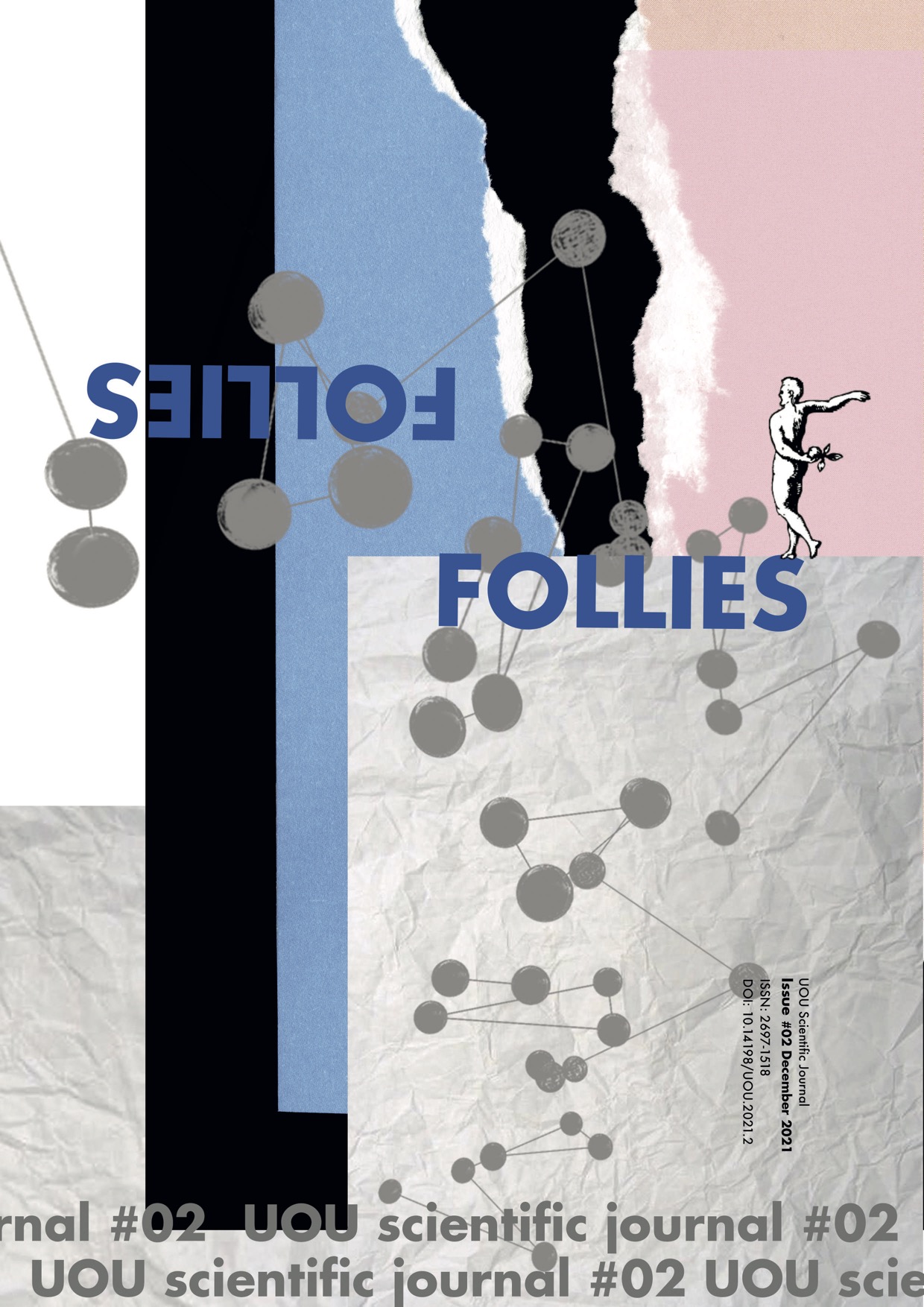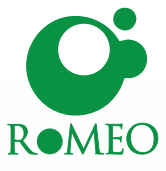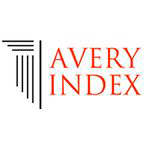An ATLAS of Follies: Ah, the folly of youth!
Abstract
The ATLAS presented in this section is the result of a call for students’ projects based on the topic FOLLIES in the public realm as objects and places of delight and pleasure and, therefore, of fun and happiness. Follies were to be thought of as urban devices that would trigger the social and cultural transformation of cities, as mechanisms for positive social change, and as attractive structures to promote encounters between people and between people and places.
The UoU workshops are a place where the concepts of cultural values, public space and public place are explored through architectural interventions. Reflections on these workshops were encouraged for this section of the journal that focusses on the education of future architects, the internationalisation of teaching architecture, European universities, architectural education and finally, on architecture and sociocultural responsibilities.
This topic has been explored at the University of Évora for a couple of years and it therefore informed the semester two Workshop #3b of the University of Universities (UoU) project.
Students contributions:
Paulo Gomes, Rita Malarranha, Gislaine de Souza Alves, Beatriz Mendes, Perla Zurisadai Hernández García, José Antonio Mora Castro, Jusseline Dambiro, Débora da Silva Fernandes, Ana Catarina Peneirol, Mariana Figueira Neves, Emanuelle Cristine Nunes do Nascimento, Marcelina Terelak, Jagoda Gromek, Natalia Rusin, Agata Drwal, Maja Kozowska, Karolina Malicka, Merve Hilal Aktas, Halis Arda Özdemir, August Junge Halvorsen
Downloads
Downloads
Published
How to Cite
Issue
Section
License
Copyright (c) 2021 Sofia Aleixo, Maria Luna Nobile

This work is licensed under a Creative Commons Attribution 4.0 International License.
The authors keep their rights upon their work, although they transfer, in a non-exclusive way, the rights of exploitation (reproduction, publication, distribution, public dissemination and presentation) to the Journal. The authors are, therefore, free to enter additional, separate contracts for the non-exclusive distribution of the version of the work published in the Journal (for instance, by hosting in an institutional repository or publication in a book), provided credit is given that the work was initially published in this journal. The works are published under a Creative Commons Attribution 4.0 (CC BY 4.0) license.












